During times of hardship, Canadians have consistently shown an extraordinary ability to come together, adapt, and care for one another in meaningful ways. Whether facing natural disasters, economic downturns, or global pandemics, they don’t back down. Instead, they rise to the occasion, emerging stronger and more united.
Through acts of compassion, resilience, and solidarity, they embody the spirit of a nation built on these values. From coast to coast, Canadians never hesitate to help a neighbor, support frontline workers, or lift up those most in need when it matters most. In this article, we explore 25 inspiring ways Canadians are stepping up for one another, proving that even in the darkest times, collective action and kindness can light the way forward and bring lasting positive change.
Community Fridges in Major Cities
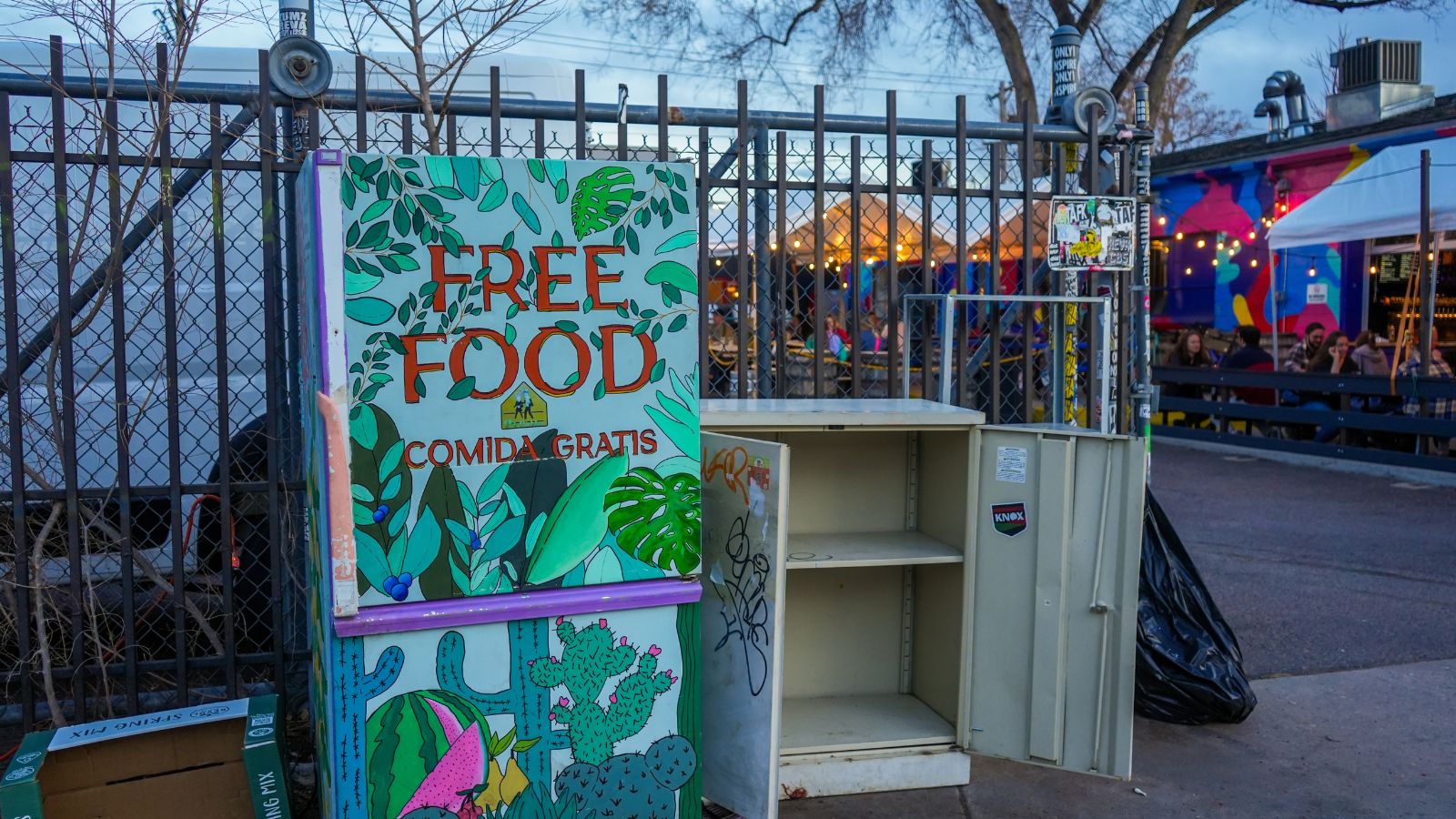
In cities like Toronto, Vancouver, Montreal, and other urban centers, community fridges have emerged as a grassroots response to food insecurity. Stocked with both perishable and non-perishable items, these fridges are filled by locals and freely accessed by anyone in need—no questions asked, no paperwork required. They’ve become symbols of mutual aid and community resilience, helping residents come together to fight hunger and food waste.
Neighborhood Mutual Aid Networks

The people of Canada have made an effort to organize local mutual aid groups from coast to coast, through social media platforms and flyers. These networks assist in pairing volunteers with people who need help with groceries, errands, or even companionship. These networks have been highly successful, and they highlight the willingness of ordinary citizens to sacrifice their time and energy to protect the well-being of others, especially seniors and sick individuals.
Frontline Worker Appreciation Drives

Canadians have always been grateful for frontline workers, and this was especially visible during the COVID-19 pandemic, where Canadians showed immense support for these workers. From murals and care packages to nightly clapping sessions on balconies, citizens across the country expressed their thanks to the selfless nurses, doctors, delivery drivers, and other essential workers. While these gestures may have seemed ordinary, they served as morale boosts and emphasized the value of community appreciation during a time of crisis.
Support for Indigenous Communities

Various organizations and individuals have prioritized reaching out and offering support to Indigenous communities in their times of need. Initiatives have been undertaken to provide this support, such as remote food delivery, mental health support, and increased clean water advocacy. There has also been a mobilization of Indigenous-led groups to provide culturally appropriate aid, further solidifying the Indigenous mutual support traditions in the face of extreme challenges.
Student-Led Tutoring Programs

University and high school students have utilized their skills to create free online tutoring services with the purpose of helping younger students who are struggling with school closures or remote learning. These student-led educational supports have been particularly valuable for families who are low-income and might not be able to afford private tutoring. This shows that Canadian youth are committed to educational equity for all.
Small Business Collaborations

Many business owners banded together to help each other as their firms faced closures and dwindling revenues. They decided to take measures like co-promoting services, sharing delivery costs, and creating joint marketing efforts, which have become common. An example would be local cafés stocking products from nearby bakeries or artisans. This helped foster a sense of economic solidarity that ended up benefiting entire neighborhoods.
Crowdfunding for Rent and Essentials

There has been an increase in Canadians using crowdfunding platforms and other charity organizations to raise money for people who are in danger of losing their jobs or facing eviction notices. These campaigns usually end up going viral within communities, and both locals and strangers are likely to support them. A big portion of the population who contribute are fellow working-class citizens who understand the fear of financial insecurity and want to help in any way they can.
Mental Health Hotlines and Peer Supports

Mental health challenges have been on the rise, and combating these challenges should be a priority. That’s why many Canadians have created or expanded peer support hotlines and virtual check-ins. These services provide mental health resources and empathetic listening, and they are mostly run by volunteers. Their services help those feeling isolated or distressed. Normalizing support for mental health has created a culture of emotional openness and mental well-being.
Pop-Up Food Banks and Pantries

Food insecurity has prompted many communities to open up pop-up food banks, where they offer fresh produce, hygiene products, and canned goods. These pop-ups are started by volunteers, and donations from individuals or local grocers keep them running. They are an agile solution for immediate and regular needs, especially in underserved areas. Their informal structure makes them approachable, and it is effective in building trust.
Community-Made Air Filtration and Mask Solutions

To reduce exposure to respiratory threats and improve air quality, Canadians turned to grassroots solutions to protect their communities. One widespread effort involved creating DIY air purifiers using simple materials like furnace filters and box fans—an accessible and cost-effective approach. In addition, volunteers have consistently distributed high-quality masks through libraries, food banks, and local aid organizations. These collective actions highlight Canadians’ ability to respond creatively and compassionately to health and environmental challenges, showing how community-led solutions can make a real difference in times of crisis.
Emergency Childcare Support Evolving into Long-Term Community Models

What started as temporary childcare support during times of crisis has grown into lasting, community-based solutions across Canada. People from all walks of life have come together to create flexible childcare programs designed to help families struggling with high costs and long waitlists. Often running out of community centers or shared spaces, these initiatives reflect a strong sense of collaboration and mutual care. With inclusivity and support at their core, they demonstrate a collective commitment to making childcare more accessible and affordable for everyone.
Technology Access for Seniors

The digital divide between younger and older generations needed urgent attention, and youth-led programs have stepped up to help close that gap. These initiatives have distributed smartphones and tablets to isolated seniors, giving them the tools to stay connected. Volunteers also provide ongoing tech support and digital literacy coaching, helping older adults communicate with loved ones and navigate online platforms. Beyond improving access to vital health information and services, this effort has played a key role in easing the loneliness many seniors face, creating a more connected and inclusive community.
Outdoor Art Installations and Murals
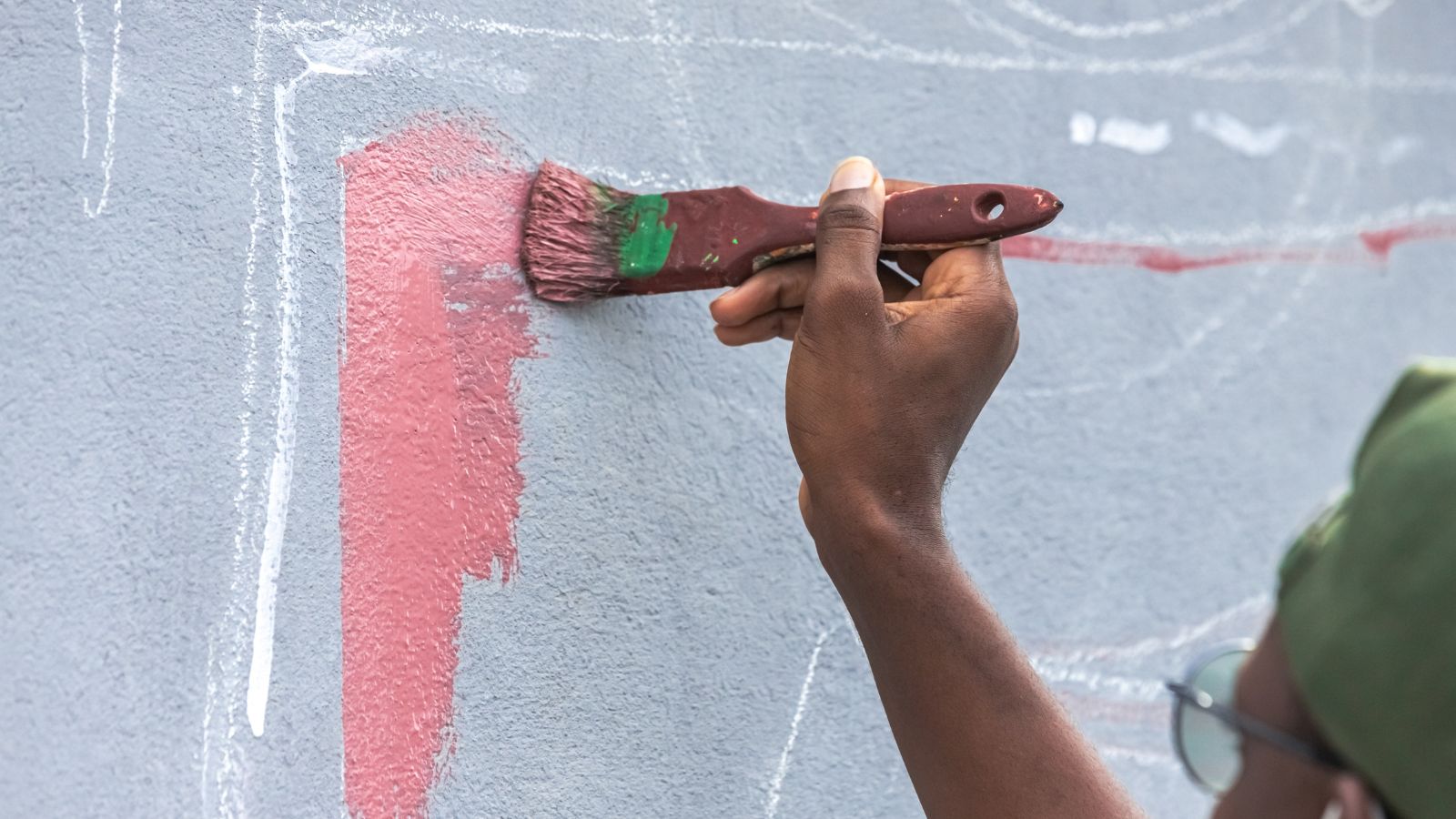
Often overlooked in times of crisis, artists have played a powerful role in uplifting communities through public art. Across Canada, murals and installations have appeared on walls, sidewalks, and public spaces—celebrating healthcare heroes, promoting unity, or simply spreading messages of hope. From vibrant rainbow chalk art to detailed portraits of frontline workers, these visual expressions have inspired resilience and togetherness. Beyond their aesthetic value, these projects have sparked conversations, strengthened community bonds, and reminded Canadians of the healing power of creativity during challenging times.
Drive-In Performances and Outdoor Community Events

Communities in Canada embraced drive-in performances and outdoor events in order to keep the cultural life alive, all while ensuring safety and accessibility. These gatherings included concerts, theatre shows, or movie nights, so the sessions were held in parking lots and fields. These events served as a great opportunity for families and friends to gather around and spend quality time enjoying each other’s company. Some towns incorporated regular outdoor arts programming and turned it into a long-standing community tradition.
Housing Support Initiatives

With the growing increase in homelessness, some Canadian cities took a strong stance and opened emergency shelters in public buildings that were not in use, such as recreation centers and libraries.
Meanwhile, there was heavy lobbying by grassroots coalitions for rent relief and protection for tenants. This combined effort of institutions and grassroots support reflects the belief of Canadians in the right to safe and stable housing.
Virtual Fundraisers and Telethons

To raise money for charities, hospitals, and food banks, Canadians used live-streamed events to reach as many people as possible. The events could be anything with a large audience, and these were mostly musical performances and gaming marathons. They not only helped raise crucial funds but also built a sense of shared purpose. They demonstrated how digital platforms can be used for collective generosity and the betterment of society.
Adopt-a-Grandparent Programs

In some Canadian provinces, new and inclusive programs were launched where families were requested to “adopt” a senior in a care home to write letters, send photos, and provide social contact. The bonds formed through these programs were critical in helping seniors overcome their isolation and foster empathy in younger Canadians. The program has now expanded beyond the pandemic and now stands as a symbol of connection.
Local Farming and Gardening Initiatives
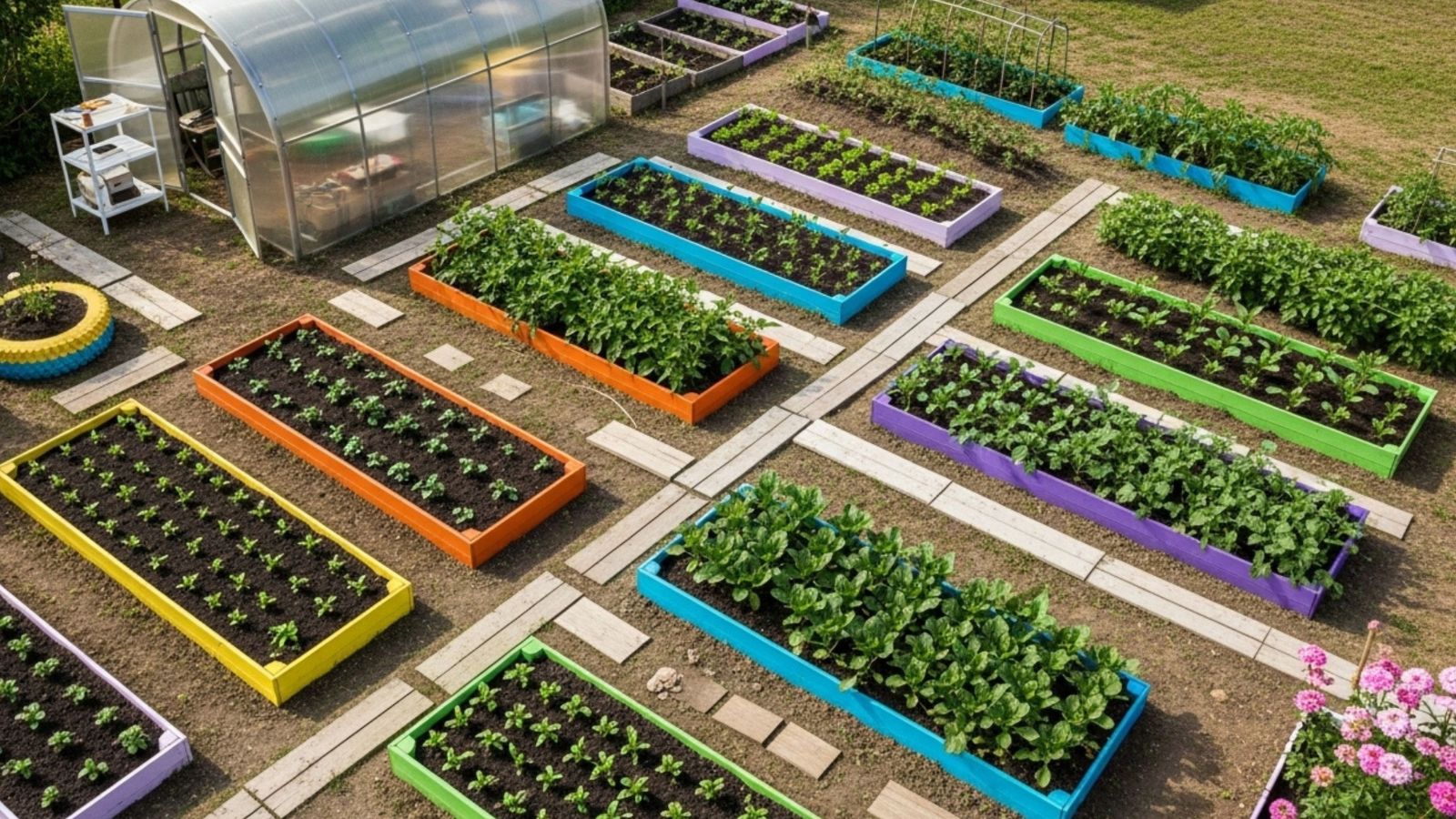
With the disruption of the food supply chains, many communities that faced these problems turned to local agriculture for their survival. Many different programs were introduced, such as the urban gardening projects and seed-sharing plans.
By accepting these programs and working hard on them, the results have shown growth in community-supported agriculture (CSA) subscriptions. Canadians have reconnected with food production through these initiatives while promoting sustainability and self-sufficiency.
Online Language and Cultural Exchange Programs

Virtual platforms have been vital in assisting Canadians in fostering cross-cultural connections through language and storytelling. Isolation has been reduced, and language skills have improved through programs pairing newcomers with local volunteers for conversation practice.
These exchanges often lead to lasting friendships. These programs are described as life-changing for many people, as they offer more than just language support. They represent how everyday dialogue can quietly build a stronger, more united society.
Book and Toy Exchanges

Across many Canadian neighborhoods, little libraries and toy-sharing bins have become increasingly common. These community-led initiatives allow residents to freely drop off or pick up books, puzzles, and games, fostering a strong sense of sharing and mutual support. Especially during times when public libraries or recreation centers are closed, these exchanges have helped ease financial stress on families while promoting learning and play. More than just practical resources, they reflect a growing culture of trust and generosity within local communities.
Pet Fostering and Adoption Drives

Animal lovers in Canada are not a minority and are found in almost every house, so when the time came for them to contribute, as the shelters faced overflow or staffing shortages, they stepped up to foster the pets and did not disappoint. Many of the pets were able to find permanent homes through these programs. Individuals suffering from loneliness or anxiety were also deeply comforted by the companionship of animals.
Disability Advocacy and Accessibility Improvements

Throughout difficult times, disability advocacy groups in Canada have remained steadfast in their efforts to push for greater inclusion and accessibility in public life. Thanks to their consistent work, there has been a broader acceptance of remote work, captioned virtual events, and barrier-free service access. While these improvements may seem straightforward, their impact is profound. More institutions are now embracing inclusive approaches, driven by advocacy and change. This shift underscores the importance of accessibility as a cornerstone for building a just and equitable society.
Youth Activism and Climate Organizing
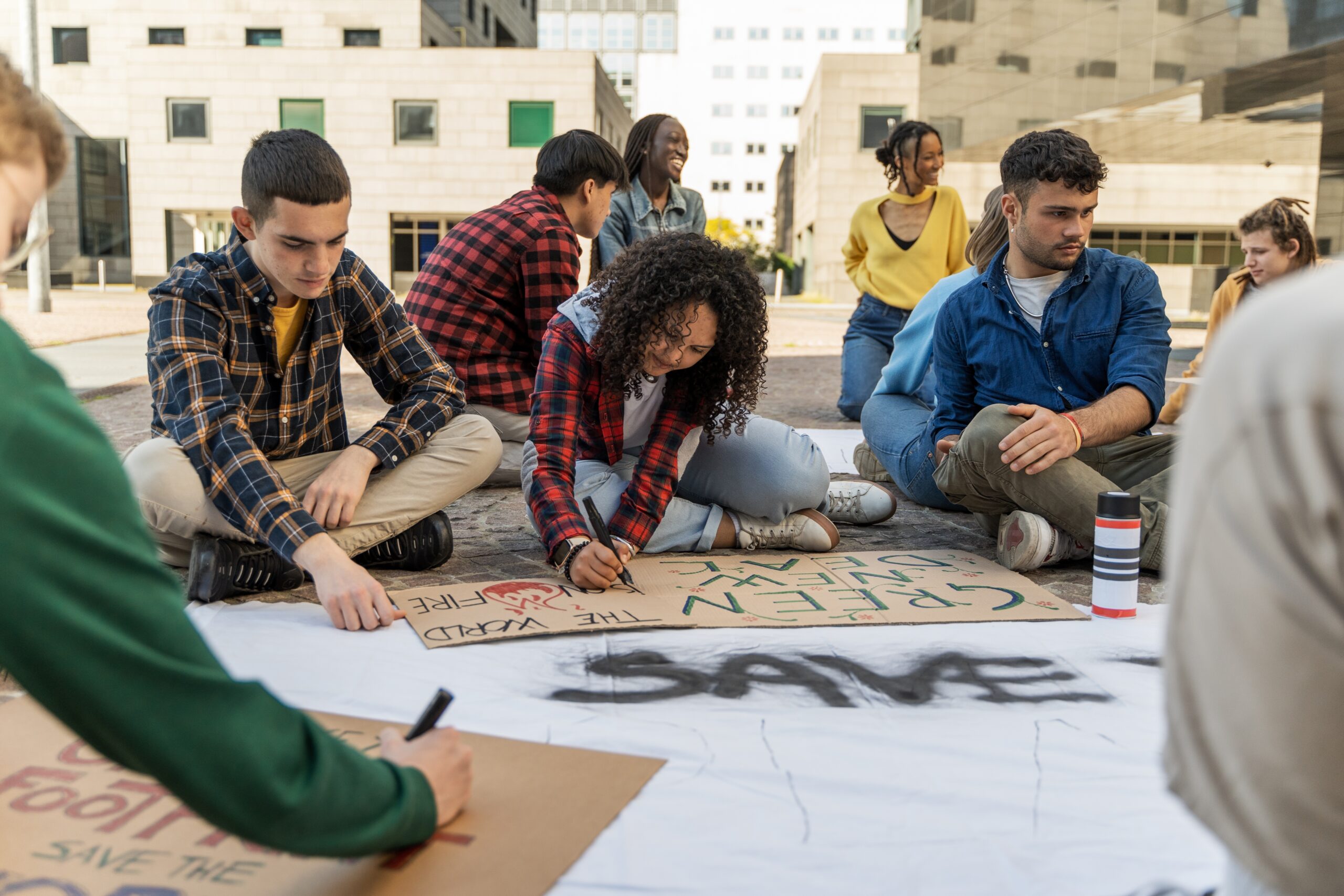
Global uncertainty and conflict will always be prevalent; however, despite these conditions, young Canadians have chosen to remain active in the movements that stand for climate justice and Indigenous rights.
In the modern world, the youth are well equipped and are able to organize digital campaigns and socially distanced rallies, with the demands focused on systemic change. The youth continue to strive towards these goals, and their persistence is a source of hope and a call to action for older generations.
Community Check-In Programs
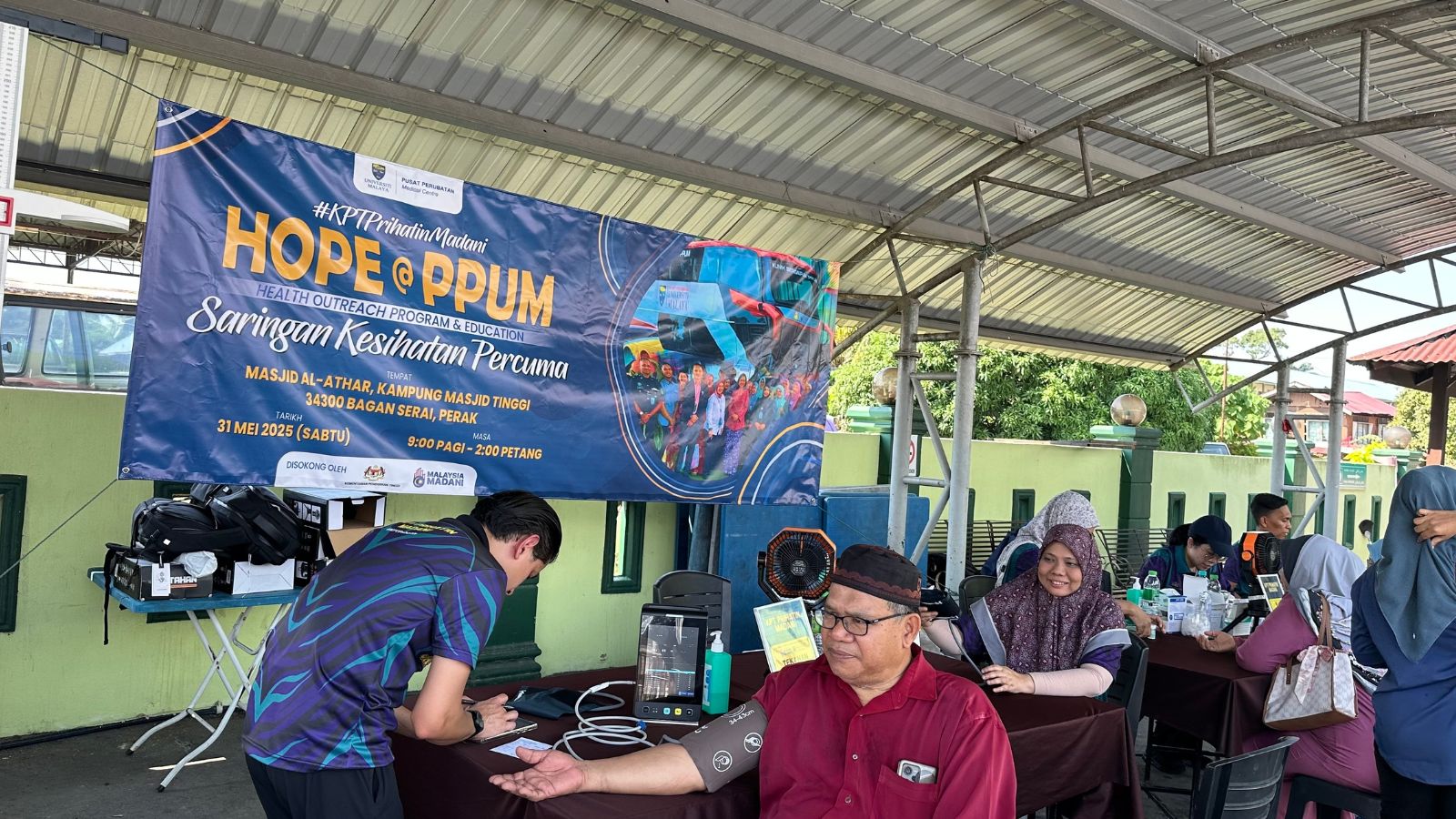
Community check-in programs have been set up all across Canada to promote a positive environment. Some of these established programs include phone trees, neighborhood text chains, and buddy systems to make sure no one is left behind. Volunteers have a regular duty of checking in on elderly neighbors, people with disabilities, and those living alone. These efforts strengthen social ties while also safeguarding the well-being of all citizens.
Public Appreciation for Caregivers and Volunteers

Canadians have a talent for finding unsung heroes, and they use countless different ways to recognize them. These heroes can be from any occupation, like local caregivers or delivery drivers. They are recognized through either thank-you signs, social media shoutouts, or gift cards, whichever gesture is used. It affirms the dignity and value of daily acts of service. They serve as a reminder to all Canadians that heroism doesn’t always have to wear a uniform.
Conclusion

In the face of adversity, Canadians do not give up. Instead, they become even more resolute, continually proving that unity, empathy, and collective care are not just ideals but actions. The examples shared throughout this article demonstrate that when systems falter, communities rise. Through local initiatives and national movements, Canadians have shown that even in challenging times, kindness and creativity can flourish. While the future may be uncertain, these stories serve as a constant reminder that hope endures as long as the people remain united and steadfast.
22 Times Canadian Ingenuity Left the U.S. in the Dust

When people think of innovation, they often picture Silicon Valley. However, Canada has a history of innovation, too. Whether it’s redefining sports, revolutionizing medicine, or just showing America up at its own game, Canadian inventors, thinkers, and dreamers have had their fair share of mic-drop moments. Here are 22 times Canadian ingenuity left the U.S. in the dust.
22 Times Canadian Ingenuity Left the U.S. in the Dust
